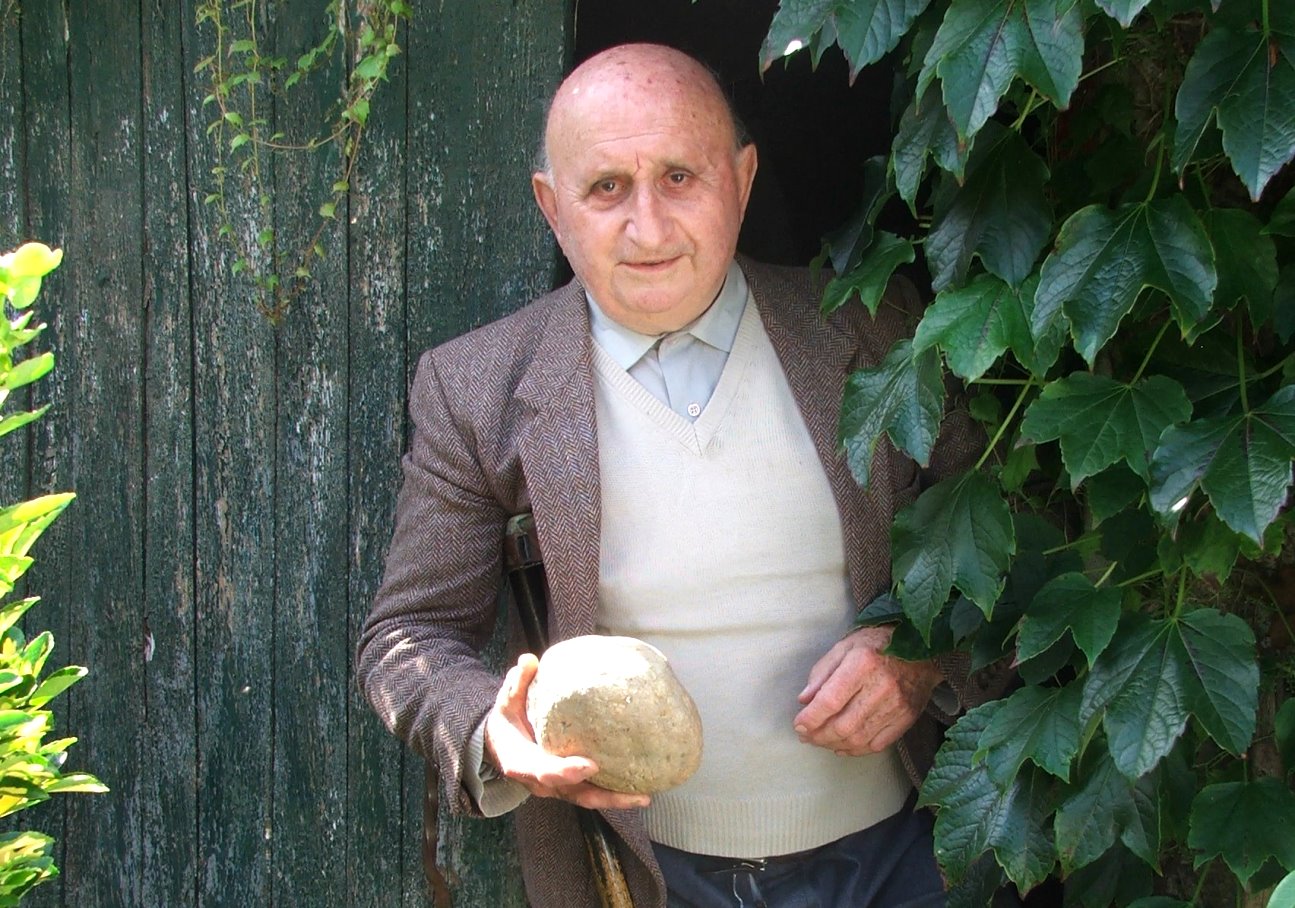In the Morbihan right until the border of the North coast, we hear a lot spoken about a curious practice, that of the mell benniget, the blessed mallet. According to accounts, it consisted of putting an end to the long agony of a dying person by placing an egg-shaped stone that had been conserved in a religious sanctuary on their forehead. We are tempted to define it as a memory of a form of euthanasia. But without going that far, is it not a rite of passage destined to facilitate the departing soul rather than to help the body to die. We can also ask ourselves if, accompanied by this gesture, the power of the faith amongst the people wasn't sufficient to produce the anticipated effect, that is to say a gentle death, comparable today to the extreme unction practiced by the Church ?
We have found other traces elsewhere in the memories of our old people, in both Trégor and Goëlo where it subsists in the form of a joke. Thus, we say smiling to someone very old : O, te zo bev atao, te vo ret lac’hañ ac’hanout gant an horzh vinniget, You are still alive, it will take the blessed mallet to kill you. We will note that the stone gives way to a wooden sledge-hammer that we used formerly to drive in the pickets of fences in the fields.
In France also, we note traditions of this kind, for example in the Périgord and in Berry where it is question not of a stone but of an ox yoke, and also in England with a holy mawle, holy mallet or still further in Scotland where the object used is a bedpost.


